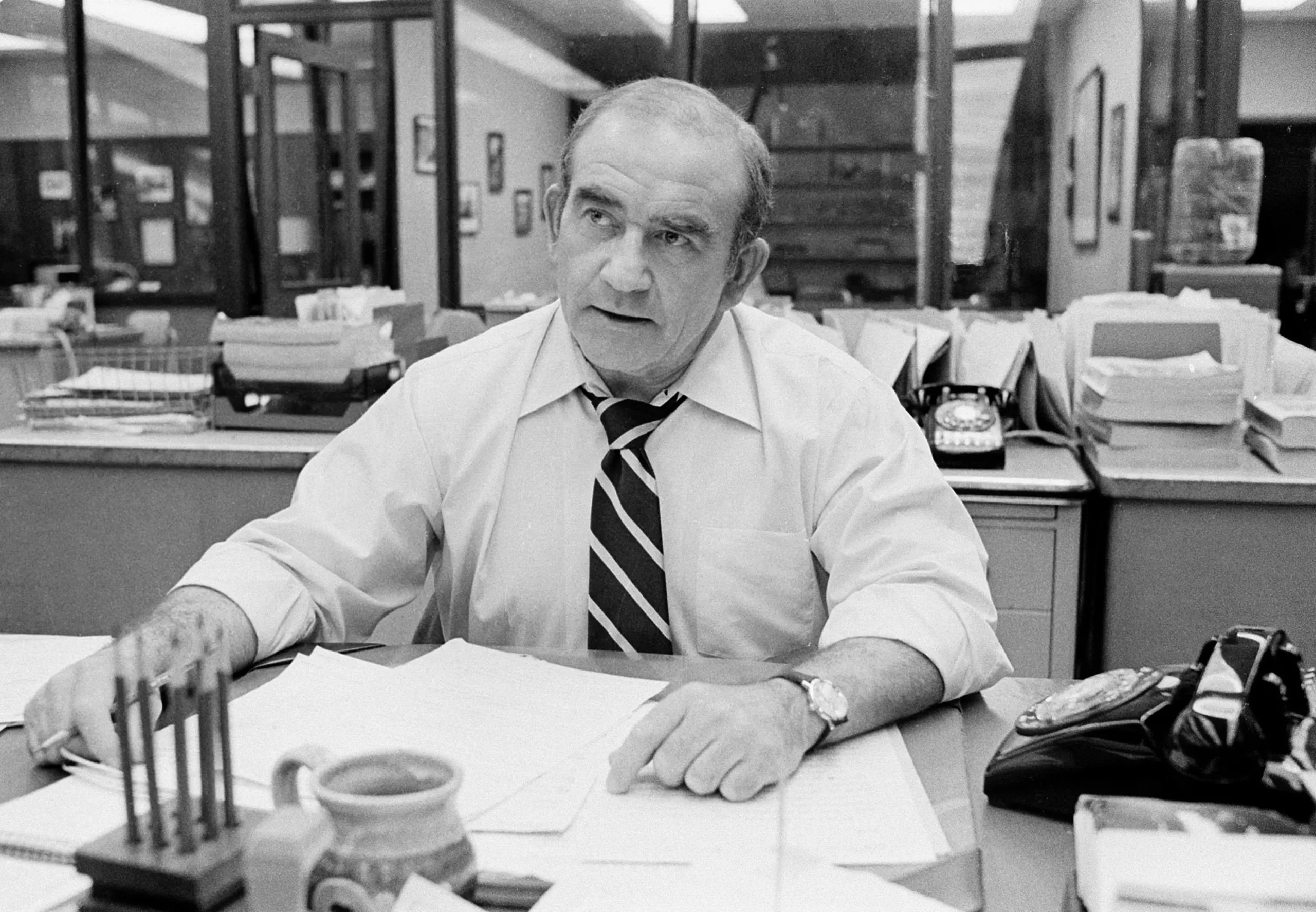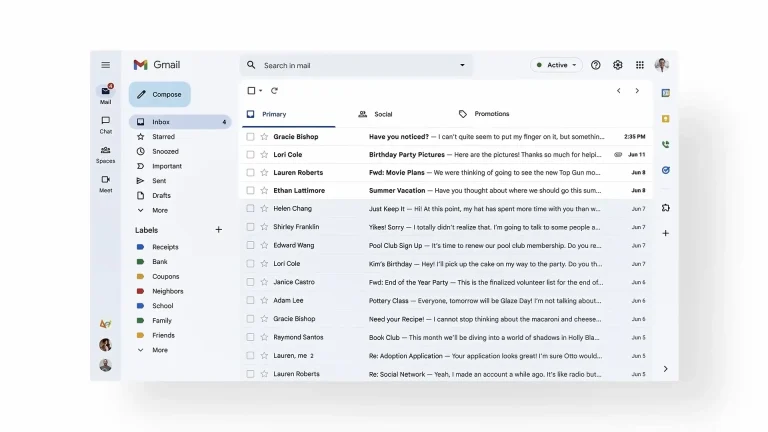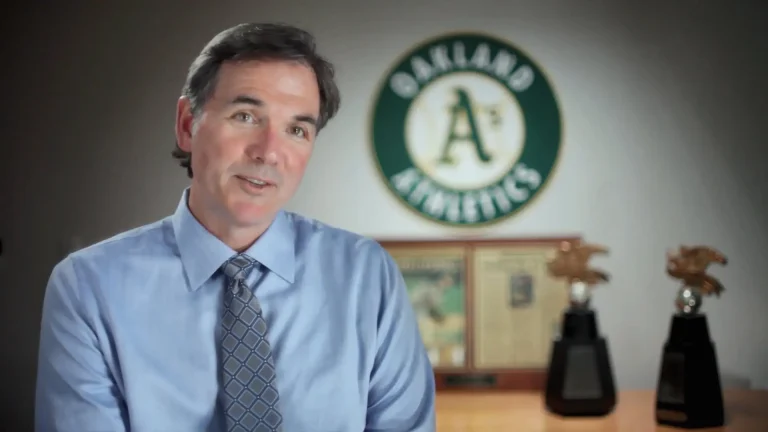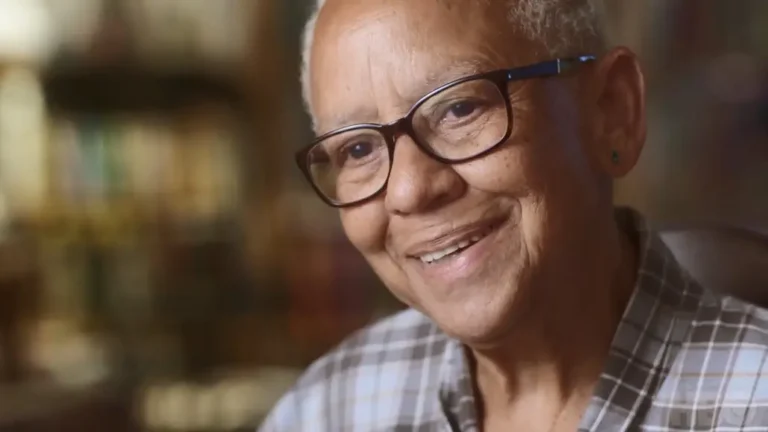Time to Channel the Spirit of Lou Grant
Demand these eight practices from your writers ― and yourself ― right after you figure out who Lou Grant is
Ask communications honchos what they need most, and 7 out of 10 will say: “Better writers.”
I just made that up. It’s really 10 out of 10.
Today, fewer communicators come from journalism, so they’ve missed out on the experience of working for a tough-as-nails editor who ripped their copy to shreds and sent them back for more reporting and a rewrite, but secretly loved that they were willing to work so hard to get it right.
That was Lou Grant, the crusty editor with the kind heart, played by Emmy-winning actor Ed Asner on not one, but two TV shows in the 1970s.
With all the new tools and technologies (or maybe because of them), the ability to put one good sentence after another is more important than ever. If you’re in the business of editing other people’s copy, here’s your Lou Grant checklist, as useful in a corporate newsroom as any other.
1. Treat news like it’s news. All organizations generate news ― information that is time-sensitive and noteworthy to a particular audience. Whether it’s open enrollment or the discovery of a cure for cancer, news should demand readers’ attention. Don’t bury it and don’t back into it. In a compelling headline and grabby lede, tell us all we need to know. Ask your writers, “What’s the news doing down there? Move it up!”
2. Audience first, organization second. The cardinal rule in every company is to put the organization first in any communication. That is completely wrong. Everyone on the receiving end of your press release or social media post knows it’s from you. Instead, get our attention by telling us why we should care.
3. Pull the stories out of the numbers. Organizations are awash in data and statistics. But people don’t recall numbers; they remember stories. You’re not there to dutifully copy the numbers out of a report and post them. Your job is to explain them, to interpret them and to find the human stories that help illustrate them.
4. Don’t fall into the cliché trap. Stop quoting executives talking about how thrilled they are with the new org chart. Don’t tell us that the employee of the month always has a smile on her face. Don’t ever let the boss say that “people are our greatest asset.” Clear out all the jargon, corporate speak and latest buzzwords. If you tell the audience that your organization is pivoting back to its core competencies, there’s going to be hell to pay.
5. Only quote people who say something. I know there’s a lot of politics here. You have to quote all the important people involved in your story or they’ll complain. So, here’s the deal: To get into your story, they must provide value. They must share an insight or be inspiring, and they have to say it in a way that might stick with the audience. Of course, this is your problem, not theirs. If the VP of Industrial Engineering needs to be in the story, it’s up to you to get him to cough up a good quote.
6. Push back. Corporate communicators aren’t order takers, and they’re not court reporters. Get what you need to tell a good story. If you didn’t get it in the first interview, call back. If you didn’t understand the subject matter expert’s answer, ask the question again. You can do all of this without being a jerk. These are your colleagues and others in your industry. You can ask for their help to get it right, and you’ll be surprised by how many of them will oblige.
7. Check your facts. Nothing made Lou Grant blow a gasket more than a story that got it wrong. I know everyone’s in a hurry, but facts matter. Where did you get yours? Are the numbers accurate? Did you get the correct spelling of everyone’s name? Before you turn it in, nail it down.
8. Whatever you do, don’t be boring. This is the hardest rule of all. Some topics, no matter how important, are deadly dull. Your challenge is to find something that might connect with your audience. Look for another way in or a different angle. Try to surprise them. Add a little color or description. Would you read your own story? If the answer is no, there’s a good chance no one else will.
Jim Ylisela is co-founder of Ragan Consulting Group and has edited more crappy copy than anyone presently alive.
Contact our client team to learn more about how we can help you with your communications. Follow RCG on LinkedIn and subscribe to our weekly newsletter here.







